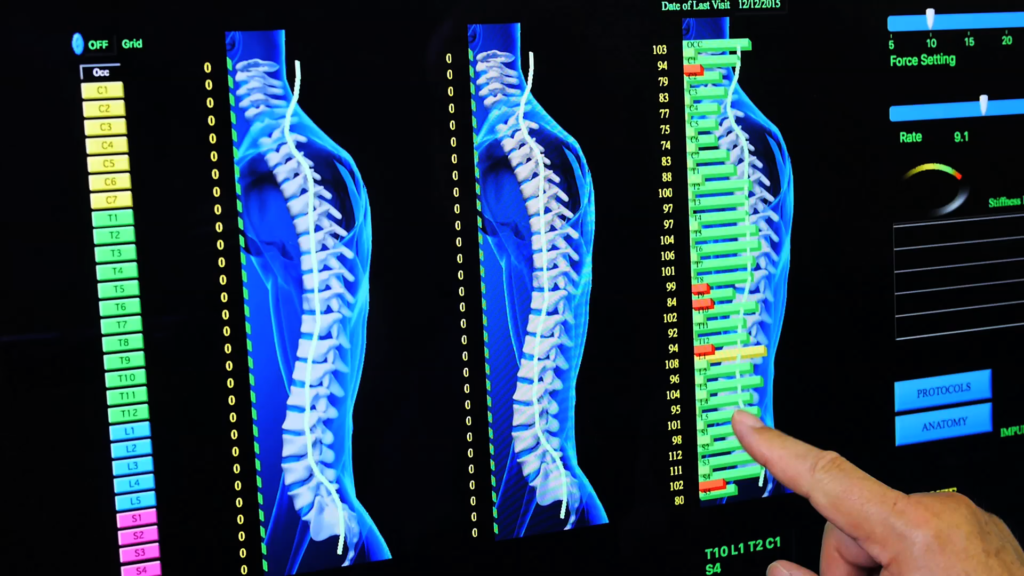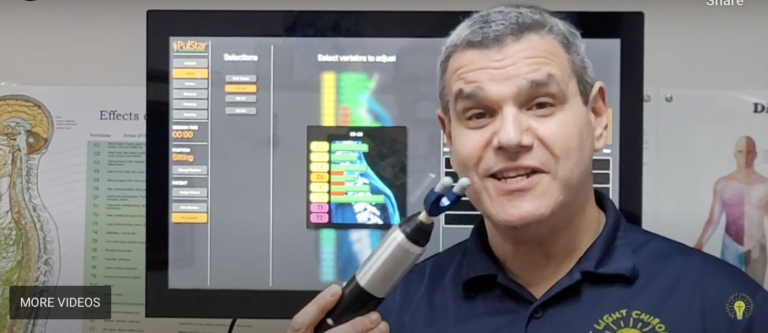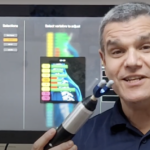A recent article on the Chiropractic Economics website highlighted the importance of building a solid foundation through a comprehensive patient education program. Educating patients about the benefits of chiropractic care enhances their understanding and strengthens their commitment to treatment. Let’s explore the key takeaways from the article and how chiropractors can create an effective patient education program.
1. Understanding the Need for Patient Education:
The article emphasizes that patient education is vital in establishing trust, increasing patient compliance, and improving treatment outcomes. By providing clear and accurate information about chiropractic care, chiropractors can empower their patients to participate in their health journey actively.
2. Identifying Key Topics:
To create a comprehensive patient education program, chiropractors should identify key relevant and beneficial topics to their patients. These may include explaining the principles of chiropractic care, debunking common misconceptions, discussing treatment techniques, and promoting the importance of preventive care.
3. Utilizing Various Communication Channels:
The article suggests utilizing a variety of communication channels to educate patients effectively. This can include in-person consultations, brochures, videos, websites, social media, email newsletters, and technology like the PulStar. Chiropractors can reach a wider audience and cater to different learning preferences by utilizing multiple channels.
4. Tailoring Information to Individual Patient Needs:
Recognizing that each patient is unique, chiropractors should tailor their educational materials and discussions to meet individual needs. By understanding their patients’ concerns and goals, chiropractors can provide personalized information that resonates with each patient, fostering a stronger connection and trust.
5. Engaging Patients in the Learning Process:
Engaging patients in the learning process is essential for effective education. Chiropractors can encourage patients to ask questions, provide feedback, and actively participate in their treatment plans. This collaborative approach enhances patient understanding and promotes a sense of ownership in their healthcare decisions.
6. Evaluating and Updating Educational Materials:
Regularly evaluating the effectiveness of educational materials and updating them as needed is crucial. Chiropractors should seek patient feedback, track patient outcomes, and stay up-to-date with the latest research and advancements in chiropractic care. This ensures that the educational program remains relevant and informative.
The PulStar system can be incorporated into the patient education program for chiropractors to enhance the understanding and effectiveness of the treatment. Here are some ways the PulStar can be utilized:
1. Visualizing Spinal Health: The PulStar system utilizes advanced technology to provide visual representations of a patient’s spinal health. By demonstrating the areas of misalignment or subluxation, chiropractors can use these visuals to educate patients about the specific issues affecting their spine.
2. Objective Assessment: The PulStar system offers objective assessments of spinal health, providing quantifiable data on the patient’s condition. This data can be shared with patients to help them understand their progress and the effectiveness of the treatment. It enables chiropractors to track improvements and demonstrate the value of chiropractic care.
3. Real-Time Feedback: During adjustments, the PulStar system provides real-time feedback to chiropractors, assisting them in delivering precise and targeted adjustments. This feedback can be explained to patients, helping them understand the purpose and benefits of each adjustment. It enhances patient engagement and confidence in the treatment process.
4. Tracking Progress: The PulStar system allows chiropractors to track and monitor the progress of their patients over time. By regularly assessing and sharing progress reports with patients, chiropractors can demonstrate the positive changes occurring in their spinal health. This tracking reinforces the importance of continued care and encourages patient commitment.
5. Educational Materials: The PulStar system offers educational materials, such as brochures and videos, that explain the technology and benefits of the system. The simple graphical representation of the spine on the computer screen can help the patient understand what the chiropractor found and how they resolved the issue. These materials can be utilized as part of the patient education program to enhance patient understanding further and promote the use of the PulStar system.
Building a comprehensive patient education program is an integral part of a chiropractor’s practice. By educating patients about chiropractic care, debunking myths, and providing personalized information, chiropractors can empower their patients to make informed decisions and actively participate in their health journey. By incorporating the PulStar system into the patient education program, chiropractors can provide evidence-based information, visual representations, and objective assessments to educate and engage patients. This integration strengthens the overall patient education program, promoting better patient outcomes and satisfaction. Utilizing various communication channels and regularly evaluating the program’s effectiveness will contribute to a successful patient education program that enhances patient outcomes and satisfaction.
To learn more about the PulStar, the leader in the computer-assisted adjusting field, feel free to contact us at 800.628.9416 or schedule an online demo today!








